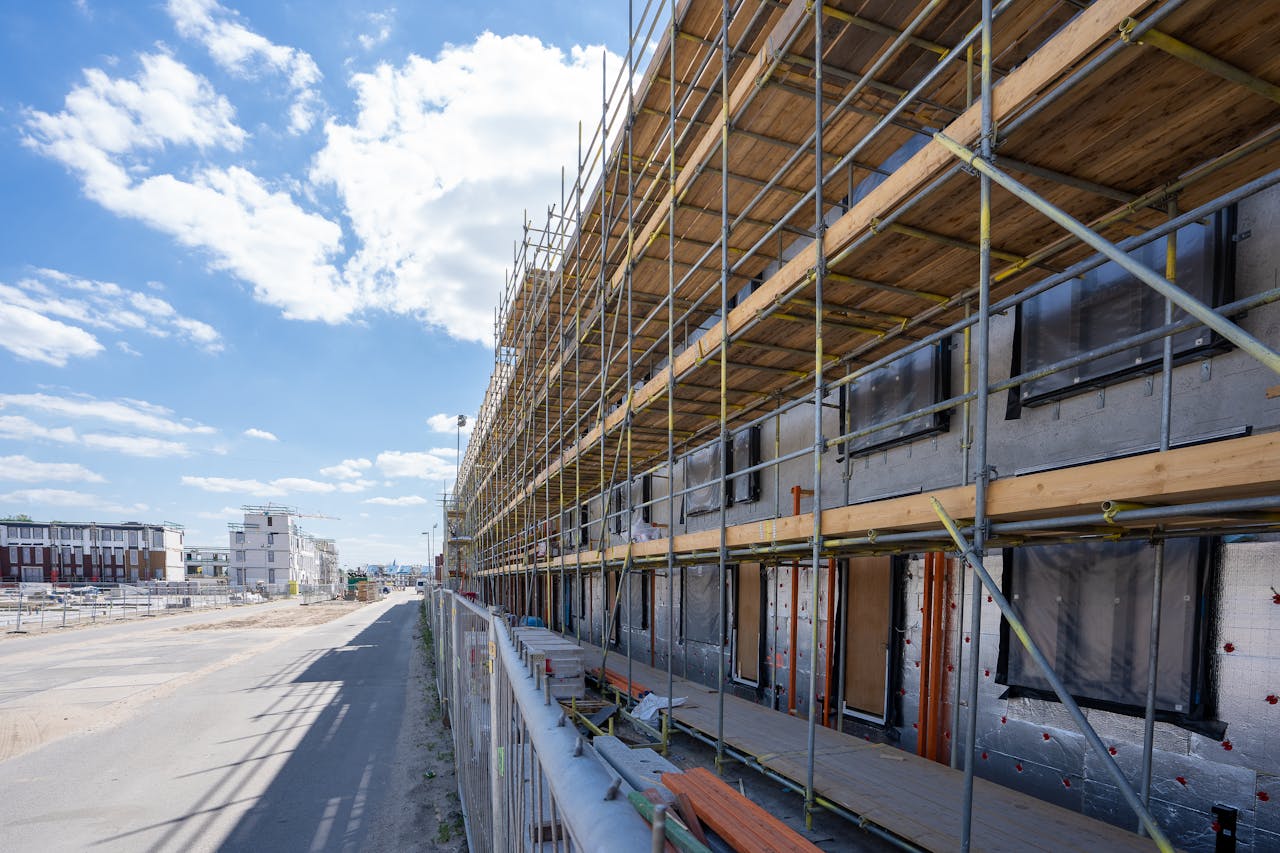In the realm of property development, loft conversions can be a fantastic way to maximize space and add value to your home. They are an increasingly popular method to create additional living space, be it an extra bedroom, a quiet study, or a luxurious bathroom. However, undertaking such a project in a UK conservation area poses unique challenges, particularly when it comes to planning permissions.
This article aims to guide you through the process, ensuring you can navigate the regulations effectively, and transform your roof space into a practical, beautiful addition to your property.
A lire en complément : What are the steps to create a wildlife-friendly garden in a semi-detached home in London?
Understanding Conservation Areas
Before embarking on a loft conversion project in a conservation area, it is crucial to understand what these areas represent. In the UK, conservation areas are places of historical or architectural interest. They are designated by local authorities to protect their unique character and heritage.
The fact that your property is within a conservation area will influence the planning permissions needed for your project. The local council will have specific policies in place to preserve the area’s character, which will likely impact your loft design and conversion process.
Sujet a lire : What are the guidelines for building a green roof on a UK inner-city office building?
Local Planning Permissions for Loft Conversions
Traditionally, most loft conversions fall under "permitted development" rights, which means you can proceed without needing an application for planning permission. However, in conservation areas, these rights are often removed or more stringent, requiring a detailed planning application.
To gain permission, you will likely need to submit designs that align with the area’s conservation ethos. This could mean using specific materials or maintaining certain architectural features. While this may limit your design options to some degree, it doesn’t have to restrict the functionality or aesthetic appeal of your converted space.
Start by researching previous applications in your area to get a feel for what is typically accepted. Local council websites often provide access to such information. It’s also recommended to consult with a planning professional or an architect who has experience with loft conversions in conservation areas. Their expertise can guide your design process and increase the likelihood of obtaining planning permission.
The Importance of Design in Loft Conversions
The design of your loft conversion is not only crucial for making the best use of your space, but also for obtaining planning permission in conservation areas. The local council will assess your plans based on how well they preserve or enhance the area’s character.
The design should respect the existing property and its surroundings, often meaning that external changes should be minimal. For example, roof extensions are generally not permitted to protrude above the highest part of the existing roof.
In terms of window design, traditional styles are usually preferred, and skylights should be flush with the roof, not protruding. These guidelines often lead to more subtle, interior-focused conversions in conservation areas.
Preparing your Planning Application
Preparing a planning application can be an involved process. It will require detailed drawings of your proposed design, and may also require a heritage statement. This document outlines how your project will preserve the character of the conservation area.
To begin, you’ll need to gather existing and proposed plans and sections of your property. These will show the current layout and the proposed changes. It’s advisable to have these professionally drawn up to ensure accuracy.
Next, consider employing a heritage consultant to create a heritage statement. This document will explain in detail how your proposed conversion fits within the context of the conservation area, and how it will ensure its preservation.
Lastly, fill out the necessary planning application forms. You may also need to submit a Design and Access Statement, describing the design concepts and principles applied to the project.
Navigating Planning Refusals
Even with careful planning and preparation, it’s possible that your planning application could be refused. If this happens, don’t be disheartened. The refusal will come with reasons, providing you with the keys to amend your proposal and reapply.
You could also appeal against the decision, but this can be a lengthy process. A more efficient route would be adapting your design to the council’s feedback and submitting a new application.
Remember, ensuring your loft conversion is in keeping with the conservation area’s character will not only serve to protect our shared heritage but can also add unique charm and value to your property. So, embrace the challenge, harness your creativity, and embark on your loft conversion journey well-armed with knowledge and plans.
After the Planning Approval: The Construction Phase
After successfully obtaining planning permission for your loft conversion in a conservation area, you will move onto the construction phase. This part of the project involves transforming the approved plans into reality.
Firstly, you will need to hire a suitably qualified builder or loft conversion specialist. It’s wise to choose a professional who has experience working within conservation areas and understands the specific nuances associated with these projects. They should be capable of adhering to the planning permissions granted and appreciating the heritage value of the area.
The construction phase usually involves a series of steps, which can vary depending on the complexity of the design and the condition of your property. Typically, it begins with creating access to the loft, followed by structural work to strengthen the floor and install any necessary steel beams. Then the roofing work, including any approved alterations, is carried out. Insulation is then added, followed by the installation of windows and the completion of electrical and plumbing work. Finally, the space is plastered and decorated to your specifications.
One crucial aspect during this phase is to ensure that the construction work sticks to the approved design. Any deviation from the plans may result in a breach of the planning permissions, leading to potential legal ramifications. If you wish to make any changes during the construction phase, remember to first consult with your local planning authority to understand if an updated planning application is required.
Throughout the construction phase, it’s also essential to respect the character of the conservation area. This means avoiding unnecessary disruption to the community and ensuring any waste or debris is properly managed. Remember, the aim of a loft conversion within a conservation area is to enhance the area’s charm and preserve its heritage.
Conclusion: Making the Most of Your Loft Conversion
Undertaking a loft conversion in a UK conservation area can be a challenging yet rewarding process. The key to a successful project lies in careful planning and respect for the area’s architectural and historical significance.
It’s essential to understand that conservation areas have stringent planning permissions and building regulations in place to safeguard their unique character. Therefore, any proposed loft conversion must align with these requirements. This might mean adapting your design vision, but the end result can be a beautiful and functional space that adds value to your property and the wider community.
Remember, the journey doesn’t end with obtaining planning permission. The construction phase requires equal care and attention, ensuring the project is carried out in line with the approved plans. Hiring a professional with experience in conservation areas can be incredibly beneficial in this respect.
In conclusion, planning a loft conversion in a conservation area may require extra effort compared to other areas. However, the opportunity to contribute to the preservation of your local heritage can be deeply satisfying. Not to mention, your finished loft conversion can provide you with much-needed space, increase the value of your property, and give you a unique, character-filled home that respects and enhances its surroundings.






